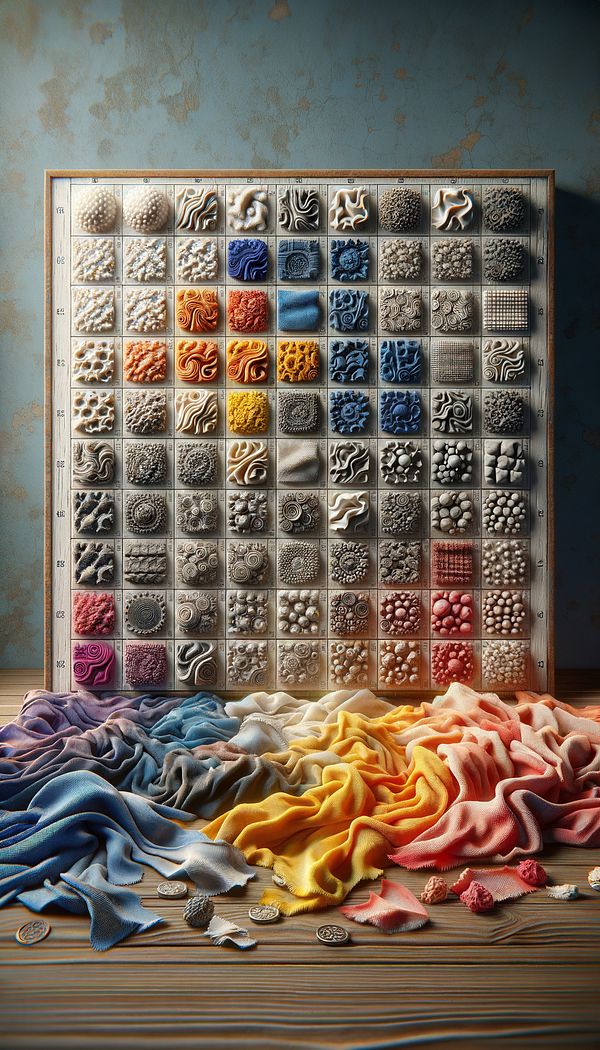What is Ragging Off?
Ragging off is a decorative paint technique that involves creating texture by removing wet glaze or paint with a rag.
Description
Ragging off is a fascinating and creative decorative paint technique which falls under the category of faux finishing or faux painting. It involves applying a layer of glaze or paint to a surface, and then, while it's still wet, removing it selectively with a rag or cloth. This process creates a textured appearance that can mimic various materials or create a unique, weathered, or softly textured look. The beauty of ragging off lies in its ability to add depth, interest, and character to walls or furniture, thus enabling a range of aesthetic effects from subtle to dramatic, depending on the colours and the method of application used.
The technique is versatile and can be used in various interior design styles, from traditional to contemporary settings. It allows for personalization of space by offering a tool to create bespoke finishes. By adjusting the colours, glaze mix, and method of application, designers and homeowners can tailor the final appearance to fit their specific design goals.
Usage
Ragging off is often used in interior design to add visual texture to walls, furniture, and accessories. For example, a designer might use a dark base coat with a lighter glaze colour ragged off to create a soft, aged look in a vintage-style living room. Alternatively, ragging off can be used to mimic the texture of natural materials such as stone or leather, making it a versatile technique for different design schemes.
FAQs
-
What materials do you need for ragging off?
To perform ragging off, you need a base paint for the initial coat, a glaze or topcoat paint for the texture layer, a mixing container, latex gloves, rags or cloths (preferably lint-free), and optional tools like brushes or rollers for applying the base layer.
-
Can ragging off be applied over any paint finish?
Ragging off works best on surfaces that have been prepared with a base coat of paint that is compatible with the glaze or topcoat. It's important to ensure that the base coat is fully dry before applying the glaze. However, not all types of paint finishes are suitable for this technique, and it's recommended to use water-based paints for easier manipulation and cleaning.
-
How do you achieve different textures with ragging off?
The texture achieved with ragging off can vary based on the type of rag used, the method of application, and the amount of glaze or paint removed. Using different types of cloths, such as cheesecloth, burlap, or cotton, can produce distinct textures. Experimenting with various ragging motions like dabbing, twisting, or patting can also yield unique effects.
Practical Application
For those looking to add a personal touch to their interior design projects, ragging off offers an excellent way to create custom textures and finishes. Start by practicing on a sample board to get a feel for the technique and to test different glaze colours and ragging materials until you find the desired effect. Remember to work in small sections to maintain control over the texture and to keep a wet edge for a seamless look.
-
AestheticAn aesthetic refers to the overall look or style that is pleasing to the senses.
-
SwagAn ornamental drapery or curtain draped in a curve between two points.
-
WhitewashingWhitewashing is a painting technique that uses diluted paint to create a translucent finish.
-
WainscotingWainscoting is a decorative wall paneling used primarily in the lower section of a wall.
-
MoldingMolding is the use of decorative strips to enhance architectural features and spaces.
